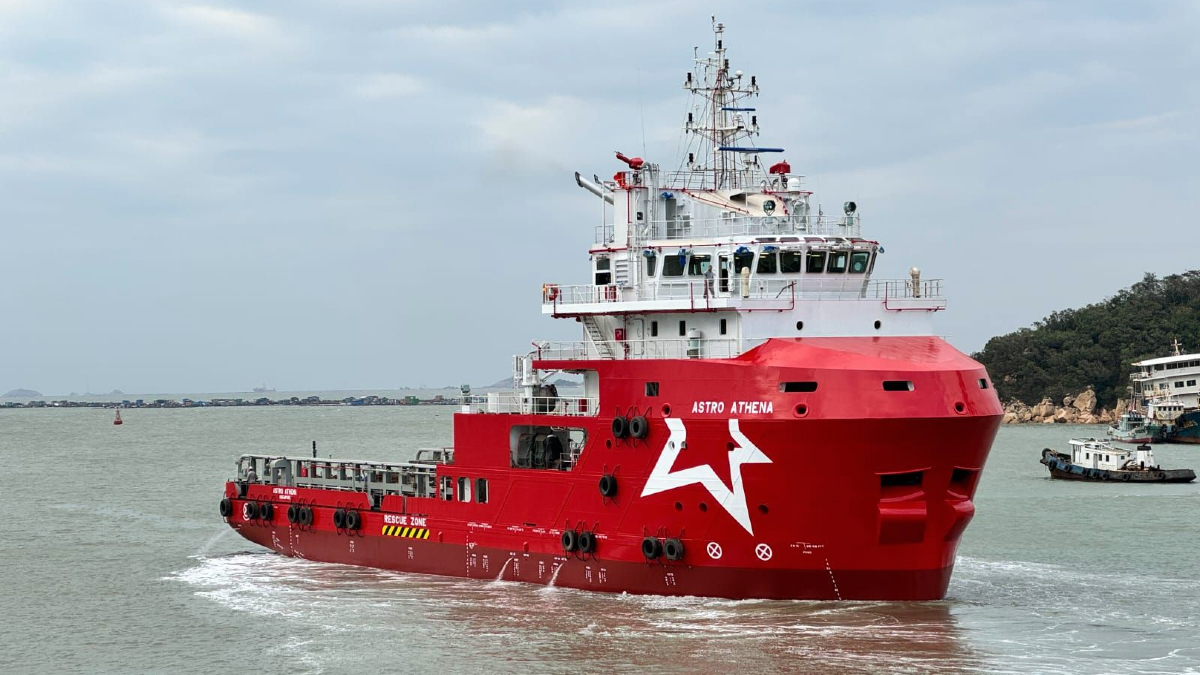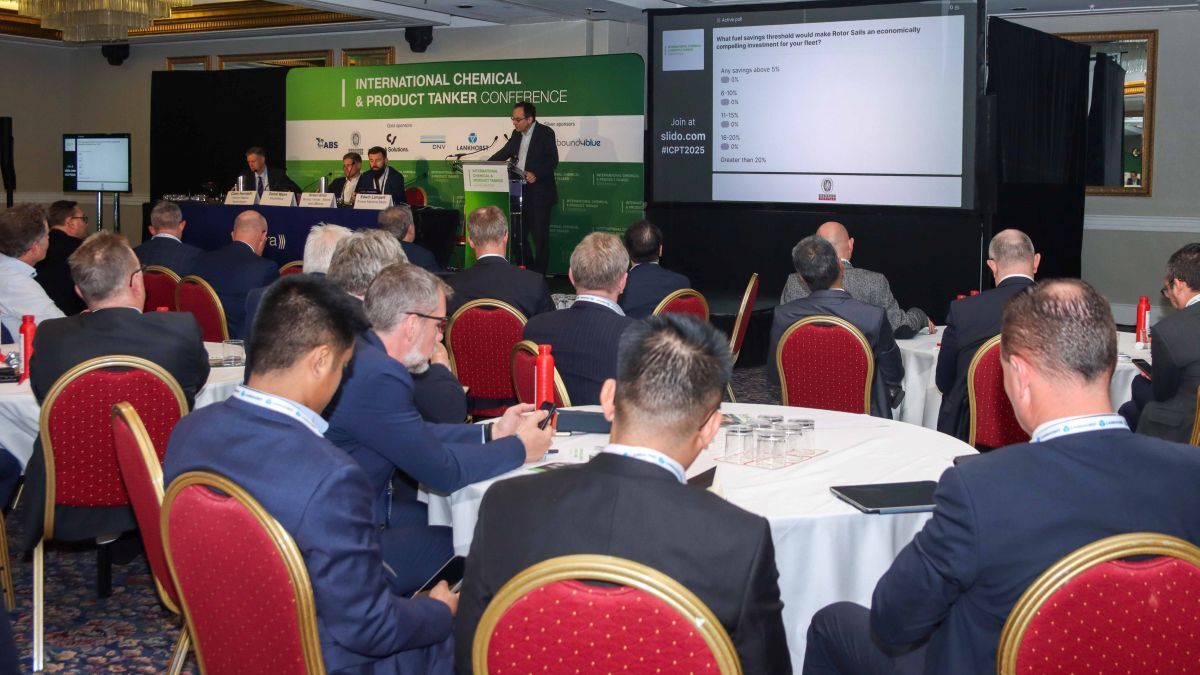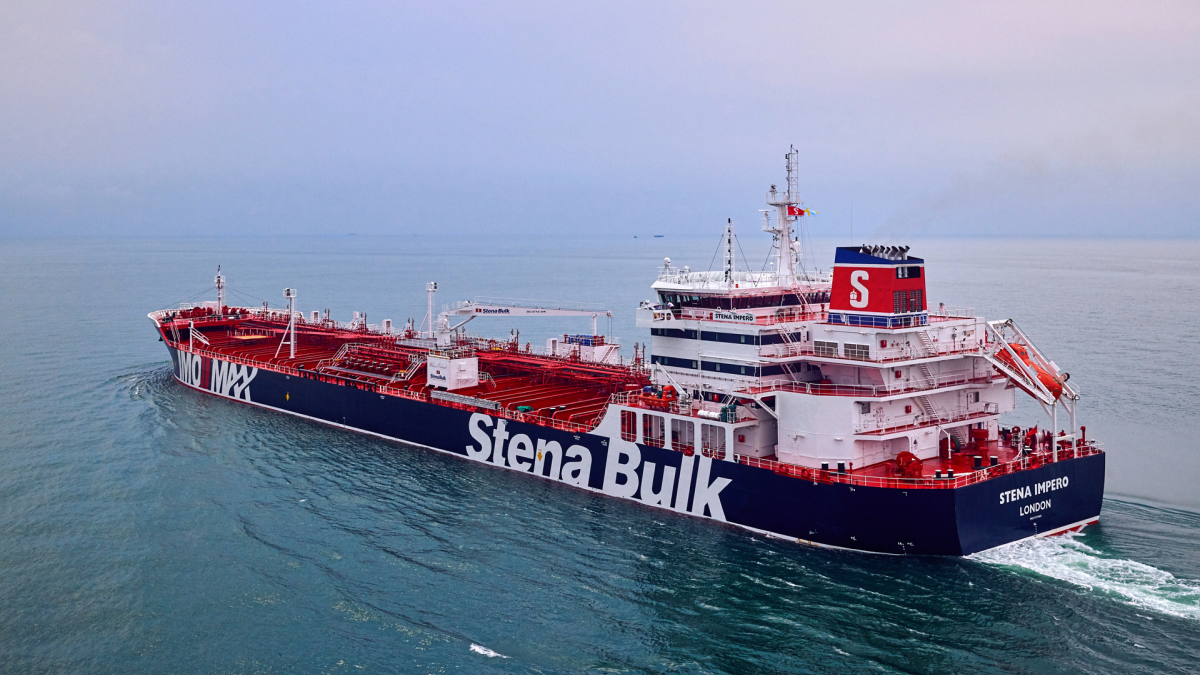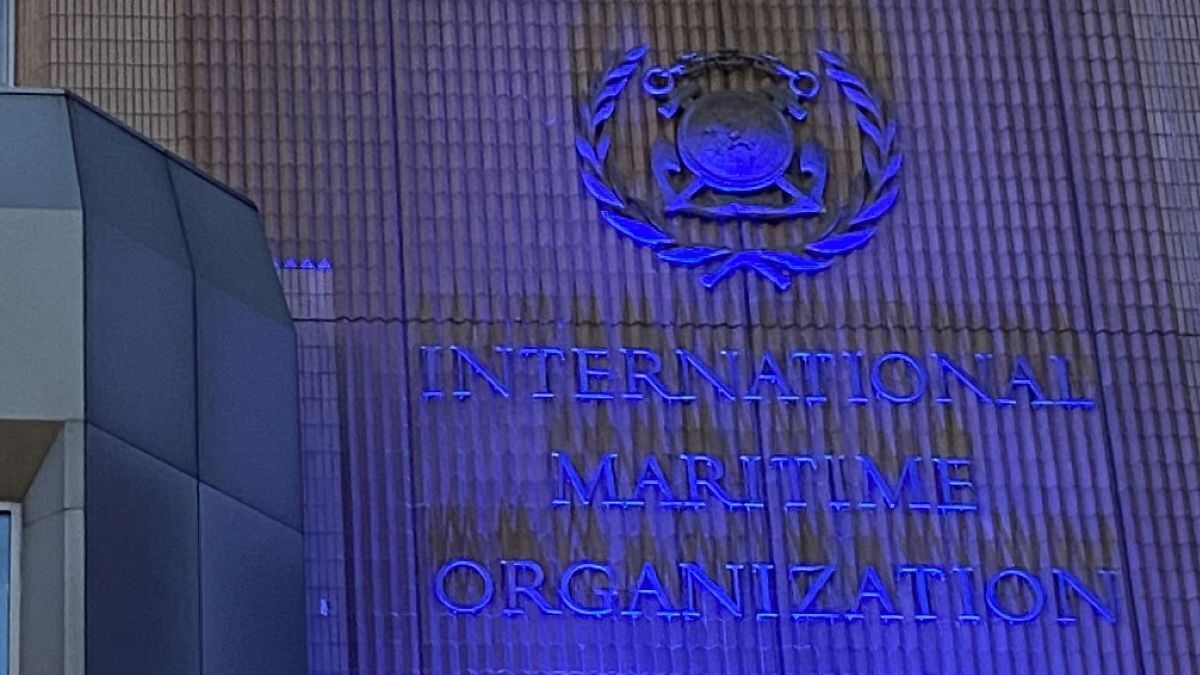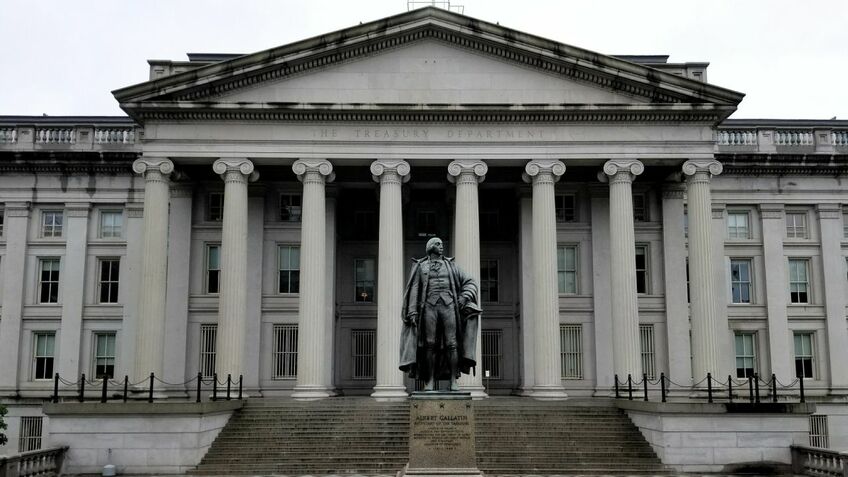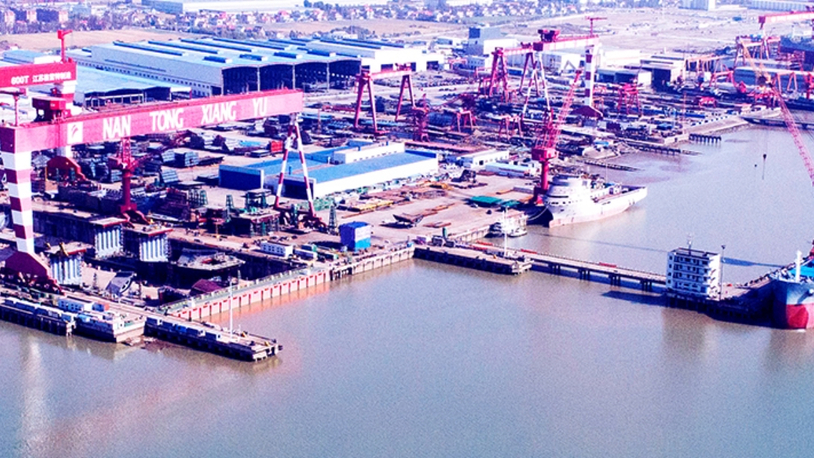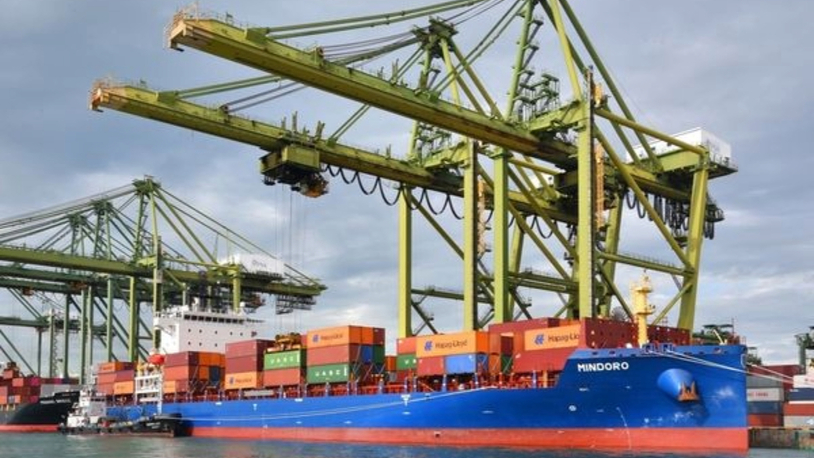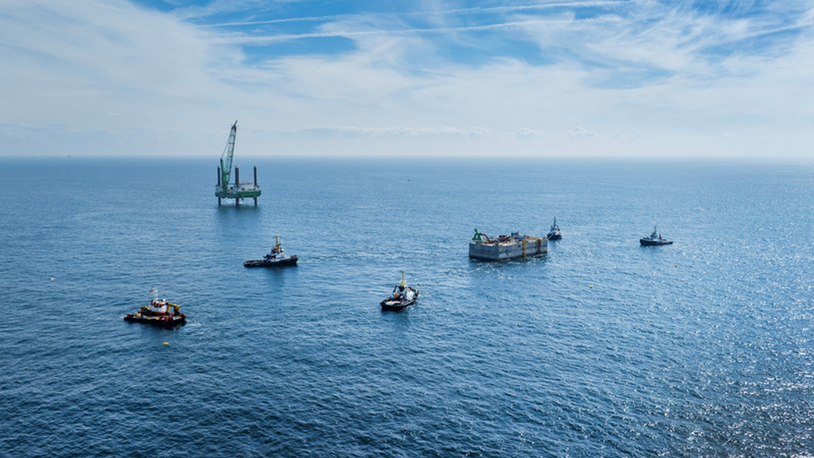Business Sectors
Events
Contents
Register to read more articles.
The Middle East’s biggest OSV S&P deals of 2024
The past 12 months have seen both large, multi-million-dollar en bloc vessel purchases and smaller strategic acquisitions, as savvy buyers and sellers look to capitalise on the upturn in the offshore oil and gas sector, writes M3 Marine (Offshore Brokers) UK managing director and offshore broker, Robert Day
The great, the good, and the powerful will gather in the United Arab Emirates for one of the world’s largest energy conferences, ADIPEC 2024, 4-7 November 2024.
With the offshore oil and gas market downturn now firmly behind us, expectations for the event are high. Prior to the conference, M3 Marine (Offshore Brokers) UK examined some of the biggest S&P deals in the offshore support vessel (OSV) sector within the region over the past year.
Bigger can be better
In late 2023, AD Ports announced the purchase of 10 offshore vessels (one DSV, one AHTS, four PSVs, three AWBs and one accommodation barge) from Mexican offshore owner ENAV for US$200M. Objectively, this was a great deal for both parties. From the buyer’s perspective, they acquired a modern and diverse fleet at an attractive price during a time of rapidly increasing asset values and a shrinking pool of available vessels. They also gained access to established contracts with top-tier companies both within and outside the UAE. Additionally, as AD Ports mentioned in its press release, the transaction helps balance its maritime portfolio and reduces its exposure to any single sector, lowering its overall risk profile.
From the seller’s perspective, it managed to sell 10 vessels for the same price it had paid for 33 vessels from the indebted Pacific Radiance via DBS. Riverstone/ENAV was always intended to be an asset play and selling these 10 vessels left it with five modern PSVs. As of the time of writing this article, Riverstone has fully completed the divestment of ENAV vessels.
Atlantic Maritime
In September 2024, Singapore-listed Atlantic Navigation (whose main area of operation is the Middle East via Atlantic Maritime Group) announced the sale of 20 OSVs, consisting of a mix of small AHTS, utility vessels, medium PSVs, and a liftboat, for a total price of US$183M. The buyer, MAG Offshore, is a Marshall Islands-registered company owned by three investors: an operator of offshore support vessels and marine logistics services in the Middle East, an international shipping company, and a maritime investor. We are seeing an increasing number of ‘non-traditional’ offshore investors entering the market and expanding into this sector. Teaming up with an already established offshore vessel and marine logistics provider should allow MAG Offshore to hit the ground running and minimise costly mistakes.
Astro Offshore
In August 2024, Dubai-based OSV owner Astro Offshore announced it had agreed to sell an 80% share of the business to Adani Ports and Special Economic Zone Ltd. (APSEZ), India’s largest ports and logistics company and part of the Adani Group, for US$185M. Astro was founded in 2009 by Mark Humphreys, and the company has experienced the market highs of 2010–2014 and survived the lows of the downturn. Remarkably, it managed to stay debt-free during the downturn, allowing it to expand operations and strategically grow its fleet by acquiring 11 OSV vessels since 2017, all at bargain prices. These vessels were subsequently secured on long-term contracts with top-tier clients in the Middle East.
This is a smart acquisition by APSEZ, as it immediately strengthens its position in the Middle East, provides access to a portfolio of top clients in the region, and advances its goal of becoming one of the world’s largest marine operators. For Astro, the deal gives it an enterprise value of US$235M, providing it with the means to grow aggressively and capitalise on the strong offshore energy market.
Other owners go east for assets
During the downturn, several private Chinese companies capitalised on the opportunity to acquire vessels from offshore owners forced to sell at rock-bottom prices — a shrewd business move that would prove highly lucrative in the following years. Some UAE-based companies turned to China to expand their fleets in 2023 and 2024.
In early 2020, Chinese vessel owner Sino Shipping purchased six large North American Indian class AHTS vessels from Tidewater Marine for a total price of US$9.5M. All vessels (see Table 1) were in a laid-up condition with overdue surveys (SS/DD). Sino Shipping went into buying mode again at the end of 2020 and early 2021, acquiring five AHTS vessels from Malaysian offshore vessel owner Bumi Armada Berhad for a total of approximately US$10M, as well as a medium AHTS, Mansour Tide, from Tidewater for around US$1.5M. This vessel was also laid up with SS/DD overdue. All the vessels mentioned were delivered, relocated to China, and restored to working condition. They were subsequently chartered within the Chinese domestic market (mainly the subsidised renewables market) and not heard from again.
| Table 1 - Tidewater vessels purchased by Sino Shipping |
| Sea Comanche |
| Sea Kiowa |
| Sea Choctaw |
| Sea Cheyenne |
| Sea Cherokee |
| Sea Apache |
| source: M3 Marine (Offshore Brokers) UK Ltd |
| Table 2 - Bumi Armada Bhd vessels purchased by Sino Shipping |
| Armada Tuah 101 |
| Armada Tuah 104 |
| Armada Tuah 81 |
| Armada 82 |
|
Armada 83 source: M3 Marine (Offshore Brokers) UK Ltd |
Timing is everything
When Chinese renewables subsidies ended in 2023, the international offshore sector was recovering well after an eight-year downturn, further impacted by the effects of Covid-19. As a result, the market experienced a significant increase in both asset prices and charter rates globally. At the same time, the vessels mentioned above, which had quietly been working in China for the past 3-4 years, began to re-enter the sale and purchase market, attracting the attention of savvy owners in the UAE.
Vortex Offshore was the first to act. In December 2023, it purchased medium AHTS Hua Chuan 806 (ex Armada Tuah 82), and shortly after, in February 2024, it acquired Hai Gong 106 (ex Sea Cherokee) . Both vessels were relocated from China to the UAE and have been renamed Vortex Revolution and Vortex Venture, respectively.
SPM Offshore followed suit. In March 2024, it purchased Ming De 9001 (ex Mansour Tide), followed by the acquisition of Hai Gong 102 (formerly Sea Choctaw) in May, and Hua Chuan 128 (ex Armada Tuah 104) in July. All three vessels were relocated from China and have been renamed SPM Neel Pratap 120, SPM Spirit, and SPM Sailor, respectively.
These are interesting deals, because both Vortex and SPM were able to capitalise on a willing seller with a large portfolio of modern, high-quality vessels suited to their needs. It is far easier to select the desired vessels from one seller than to navigate the market in search of available units. Additionally, since Sino Shipping had acquired these vessels at such low prices, their asking prices were in line with general market expectations, unlike other sellers at the time, whose prices had inflated aggressively or who were unwilling to sell any units. We have no doubt all the vessels purchased will remain in high demand for many years to come.

Predictions for 2025
Rumours have been swirling around Vortex Offshore for a few years, and it comes as no surprise. Vortex boasts a modern and diverse fleet, including ASD terminal and support towing tugs, AHT and AHTS vessels, a heavy-lift unit, twin-screw towing boats, and FSIV/crew boats. This fleet could easily provide exposure to the Middle East market or further strengthen an existing owner’s regional fleet. With Astro and Atlantic now acquired, the number of similarly sized owners has decreased, positioning Vortex as a prime candidate for consolidation or a fleet buyout. But let’s see what 2025 holds.
More OSV purchases by Middle Eastern owners?
There are still reasonably priced assets available in the market, some of which, though purchased by Middle Eastern owners, could be utilised outside the region. West Africa is a prime example, where platform supply vessels and anchor handlers are commanding strong long-term charter rates. However, AHTS vessels are likely to remain the vessel of choice, as we saw in 2023 and 2024. Finally, we will likely see the regional powerhouse ADNOC L&S make further purchases, likely medium AHTS, to support its activities within the region.
Within the Middle East, we may see newbuild orders backed by long-term charters, but speculative newbuild orders are unlikely at this time.

Not resting on laurels
“The companies which have consolidated are now going to be on a path to strengthen their position within the region,” said M3 Marine (Offshore Brokers) UK director and offshore broker Charlie Long. “Expect to see further vessel acquisitions by them and aggressive marketing and fixing of their tonnage. Competition is strong in the region so they cannot afford to rest of their laurels.”
Mr Long said a lack of meaningful newbuild tonnage combined with increased regional demand and overall strong market fundamentals will result in “continued strong utilisation in the Middle East. We saw direct evidence of this when Saudi Aramco cancelled about 23 rig contracts and subsequently about 30 OSV contracts. A large proportion of these units were quickly rechartered at strong day rates elsewhere in the Middle East.”
He also noted the entry of non-traditional offshore companies into the Middle East market will not go unnoticed. “We expect to see more new players from outside of the offshore industry wanting to get in on the action and aggressively try to cement their position in the region,” said Mr Long.
Mr Long will be in Abu Dhabi for ADIPEC. You can reach him at charlie@m3marine.co.uk.
Want to learn more about the OSV activity in the Middle East, and network with some of the biggest players in the region? Sign up for the Offshore Support Journal Conference, Middle East 2024, Dubai, 11-12 December 2024.
Related to this Story
Events
Maritime Environmental Protection Webinar Week
The illusion of safety: what we're getting wrong about crews, tech, and fatigue
Responsible Ship Recycling Forum 2025
© 2024 Riviera Maritime Media Ltd.


